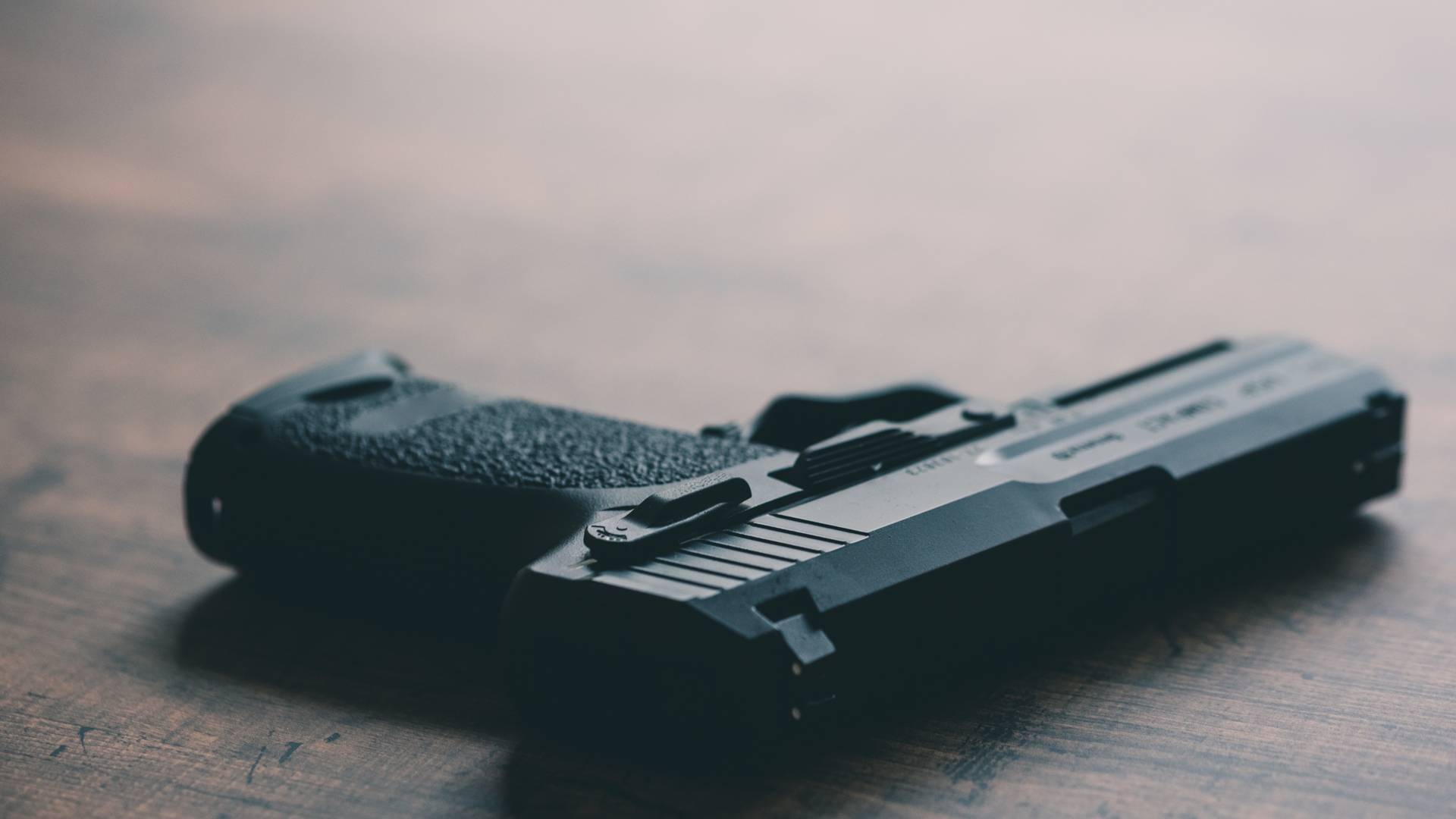Putting together an estate plan is the best way to protect yourself, your heirs and your assets upon your death. When you create an estate plan, you are putting into writing how you want your assets distributed after you are gone. You also outline who will raise your children should you pass away before they turn 18. All of these items are important to live a stress-free life.
When you create an estate plan, you name beneficiaries for your assets and other accounts. This means you put the names of your heirs or friends on items you want them to have once you die. This allows these items to transfer to these people without going through probate.
One part of estate planning is the creation of trusts. Accounts and deeds that are transferable-upon-death are also referred to as the 'poor man's trust.' There are various ways that this type of arrangement can take a wrong turn, most likely after you die. For example, if you predecease your spouse, your spouse could wind up changing the beneficiaries on these accounts. This could put your assets into the wrong hands.
The best way to avoid the issues that come with a 'poor man's trust' is to create a living trust. A living trust helps heirs avoid probate. The living trust can also include language that explains how you want assets allocated, which will help prevent your children from losing out on their inheritance.
Have you created a trust as part of your estate plan? Do you need to review your estate plan? If you answered yes to either of these questions you should enlist the help of an experienced professional to review these documents with you and answer all of your questions.
Source: Los Angeles Times, "A 'poor man's trust' may be a poor estate plan," Liz Weston, Feb. 11, 2018
